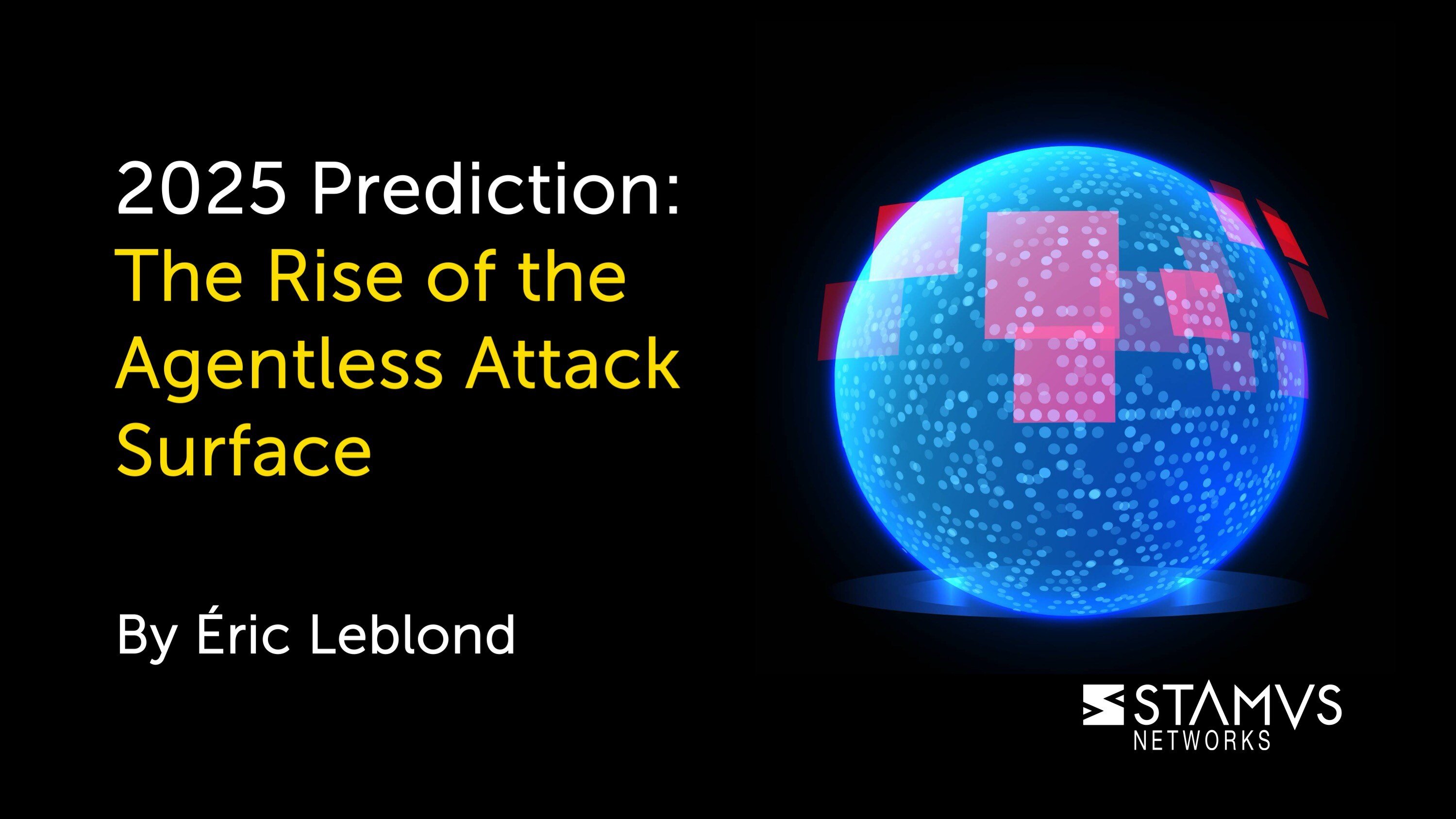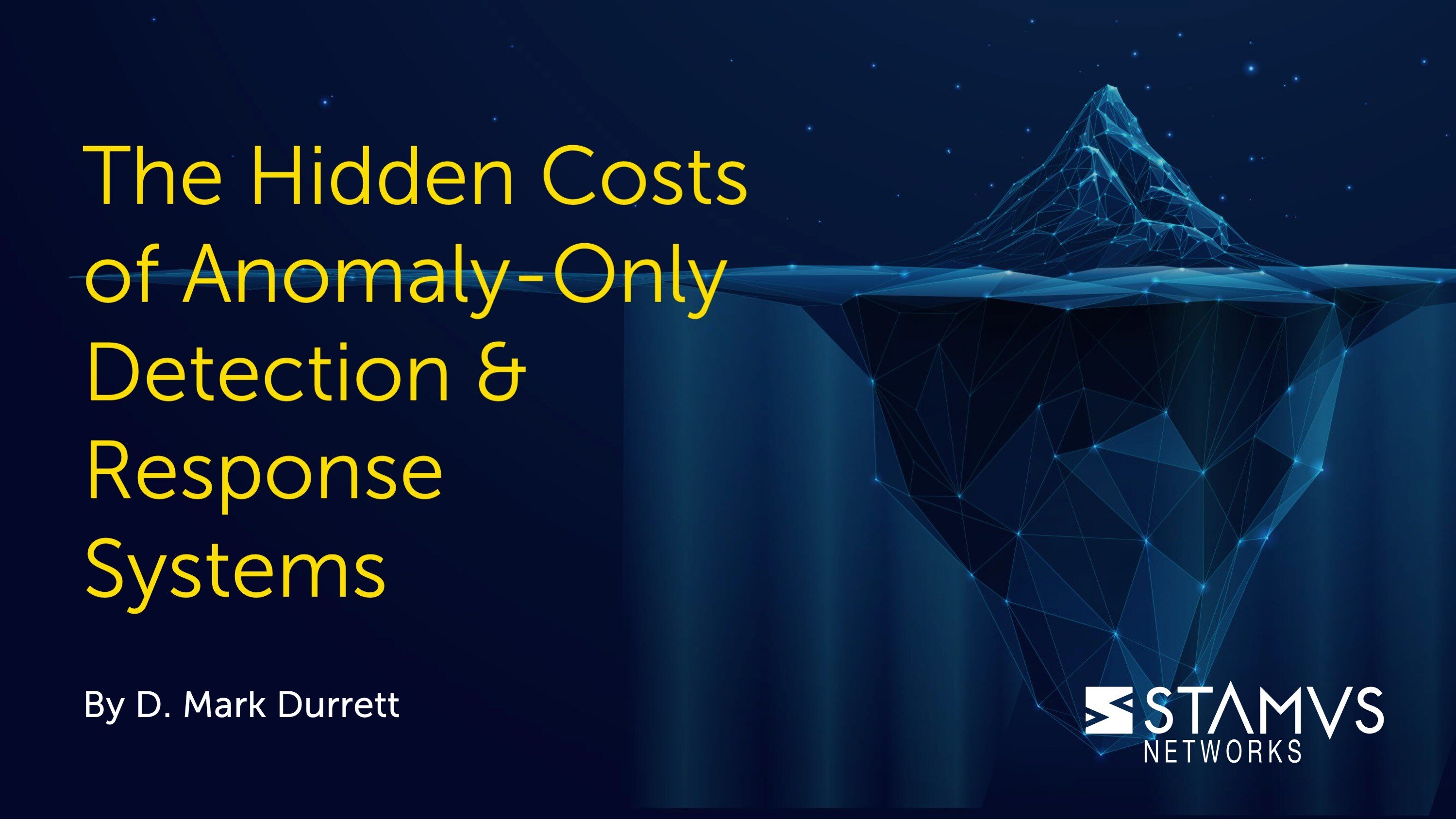NOTE: The following article was originally published 06 December 2024 on VMblog.com
The agentless attack surface poses an escalating challenge for organization defenders, and this issue is set to intensify in 2025 as network environments with agentless technologies will continue to expand. These include a growing array of connected devices and cloud infrastructure, with the global cloud market projected to grow from approximately $262 billion in 2024 to over $837 billion by 2034, according to Precedence Research. For example, a hospital client of ours has told us they cannot install an endpoint detection agent on 52% of the devices on their network.
To confront this critical cyber defense gap, 2025 should be the year security teams proactively fortify networks, protect sensitive data, and counteract the advanced tactics of today's cybercriminals.
Dangers of the Agentless Attack Surface
Endpoint Detection and Response (EDR) has been a mainstay in detecting threats before they infiltrate critical IT infrastructure. However, as environments increasingly expand to the cloud, IoT, operational technology (OT), and more, endpoint agents often can't be deployed or are less effective in these scenarios.
Imagine a university where thousands of students and faculty bring their own devices onto campus or a hospital with thousands of connected medical devices alongside traditional IT infrastructure. Such environments present rich targets for cybercriminals precisely because endpoint protection is limited or nonexistent, making it easier for attackers to evade detection.
In these cases, visibility into network activity becomes crucial. When threat actors bypass endpoints and begin navigating within the network, how can security teams identify this behavior? Even when detected, they may lack the critical insights and threat intelligence necessary for swift remediation before the damage escalates.
The challenges don't end with agent limitations. Attackers are also developing methods to disable endpoint protections entirely. For instance, Sophos recently uncovered a tool called "EDRKillShifter," designed to terminate endpoint detection software, paving the way for ransomware attacks. This reinforces the need for a second line of defense-one that can step in when endpoints are compromised or rendered ineffective.
Taking a Layered Approach to Network Security
As agentless attack surfaces expand, understanding the threats these bring to organization security is essential. While EDR remains a valuable tool, it's no longer sufficient on its own. In the year ahead, organizations should adopt a layered security approach by integrating Network Detection and Response (NDR) alongside EDR. By extending visibility beyond traditional network segments, NDR analyzes traffic patterns and detects anomalies across agentless environments, providing the broad visibility security teams need.
NDR doesn't merely act as a backup if EDR fails-it enhances overall security posture by uncovering lateral movement, insider threats, supply chain attacks, misconfigurations, and more, all of which can be remediated before escalating into major incidents. This added visibility can make the difference between quickly isolating an endpoint or falling victim to a full-scale ransomware attack.
With cybercriminals continually innovating their tactics, it's vital for organizations, from small businesses to large enterprises, to prioritize comprehensive threat detection and response. Expanding agentless surfaces need not equate to unprotected ones. By adopting a layered approach, security teams gain critical network visibility and threat intelligence, enabling faster, more effective action. As agentless attack surfaces grow in 2025, now is the time for organizations to address this significant security gap.
To stay updated with new blog posts from Stamus Networks, make sure to subscribe to the Stamus Networks blog, follow us on Twitter, LinkedIn, and Facebook, or join our Discord.







